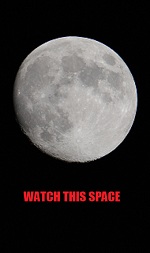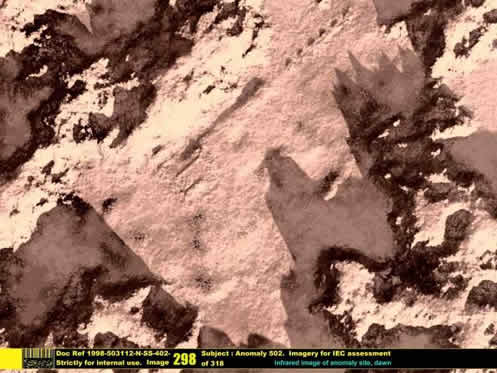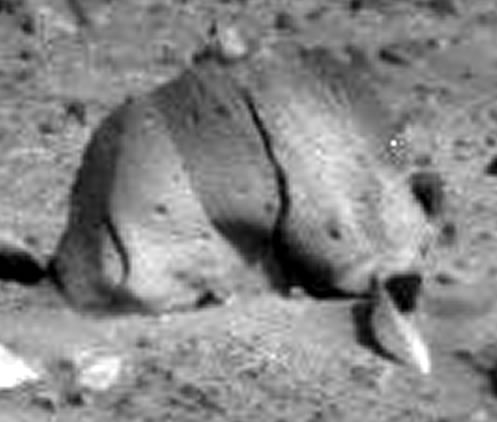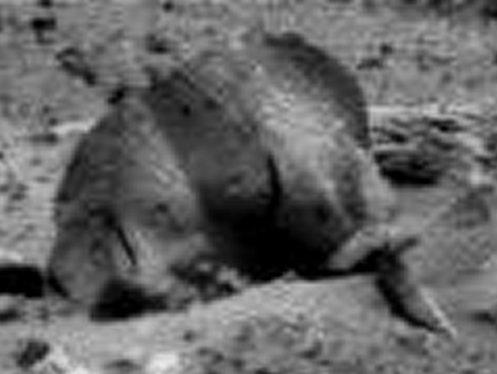(This article was originally published on the Book of Thoth’s website, where it still appears.)
by Iggy Makarevich
Long has humankind wondered over our origins… how indeed did we come to be present upon this world? The possibilities seem endless, ranging from the view put forth by mainstream science that we evolved slowly as the final result of continual evolution tracing its beginning to the unicellular lifeforms which came into existence in the primordial pools of organic matter covering the ancient earth, to the faith-based religious view that we were created in the blink of an eye by the incomprehensible power of a deity to populate the world just created, to the more exotic view of our arrival here from a far distant world, a world perhaps no longer able to sustain further occupation by its residents.
This author has long favored the latter view, perhaps initially solely since it is more romantic, more exciting than the others. Of late, these perceptions and intuitions have become increasingly more forceful, in view of the gathering of information afforded us by our sciences, our space sciences in particular, information which seems on reflection and retrospection to reinforce the speculation that we may be from elsewhere.
Archaeologists have long realized that the pyramid complex at Giza in Egypt is a star map that closely follows the pattern form by the Pleiades star cluster and in the intervening years many other constructions made by our species have been found that also follow celestial patterns with remarkable accuracy. While in and of itself this merely shows a fascination with the sky, it may represent the manifestation of a deep memory, a longing for “home.”
The discovery of the famous Face on Mars opened up a new and exciting search for extraterrestrial archaeological discoveries. It is fascinating that throughout successive re-imaging efforts at higher and higher resolutions, and despite manipulative efforts at debunking, the Face structure still retains its symmetry and its remarkable resemblance to a face. A humanoid face. Research has shown that the other anomalous features discovered in the region of the Face and elsewhere show a geometric relationship to each other that is at the very least, quite provocative.
The thought that these features, while so individually unusual, have all managed to form from random geological processes into such precise relationships and alignments is perhaps even more anomalous than the conjecture that they were artificially built that way. The anomalies even continue under the surface, with infrared imaging turning up patterns that appear to our human perception as the foundations of buildings in citywide scale.
There are similarly anomalous formations across the Martian moon Phobos, (a peculiar object in it’s own right), and many more remarkably strange patterns and structures on our own Moon as well, formations that stretch the imagination and defy our knowledge of geological processes.
Combining these discoveries in space with the remarkable finds of out of place and especially out of time artifacts here on earth, such as patterns resembling footprints that are dated to hundreds of thousands of years, and similarly aged inexplicably formed objects from deep in mines and otherwise buried, to petroglyphs resembling dinosaurs in the American southwest and provocative formations that seem artificial deep under the sea lends an open mind to consider the possibility that indeed in time immemorial, a space faring people left a dying world to venture forth into space to locate a new home. Perhaps they colonized Mars at a time when its environment was suitable, and when whatever catastrophe befell that world resettled here or perhaps they settled both worlds simultaneously, only to continue on here, their journey long forgotten in the countless millennia since. Perhaps too their vehicle was our own Moon, itself an extraordinarily anomalous object, described by NASA scientists as being largely hollow as a conclusion of seismic testing and as being composed of materials older than our Earth.
How is it possible that all of these anomalies and the relationships that they hold to each other in form, pattern, placement and especially in concept be wholly natural? Such a conjecture seems difficult to grasp. Can “luck” be that pervasive, that thorough? It is the opinion of the author that all these things are intricately intertwined in a remarkable tale of extremely ancient events that led to the population of the Earth by humanity, a humanity that originates from somewhere else, somewhere that we may never know.














































 Fabulous stuff, indeed!
Fabulous stuff, indeed!











 This image is the result of a photo test
This image is the result of a photo test 
 What’s All This, Then? is copyright © 2009 to the present by Ignatius F Makarevich - All rights reserved worldwide.
What’s All This, Then? is copyright © 2009 to the present by Ignatius F Makarevich - All rights reserved worldwide.


